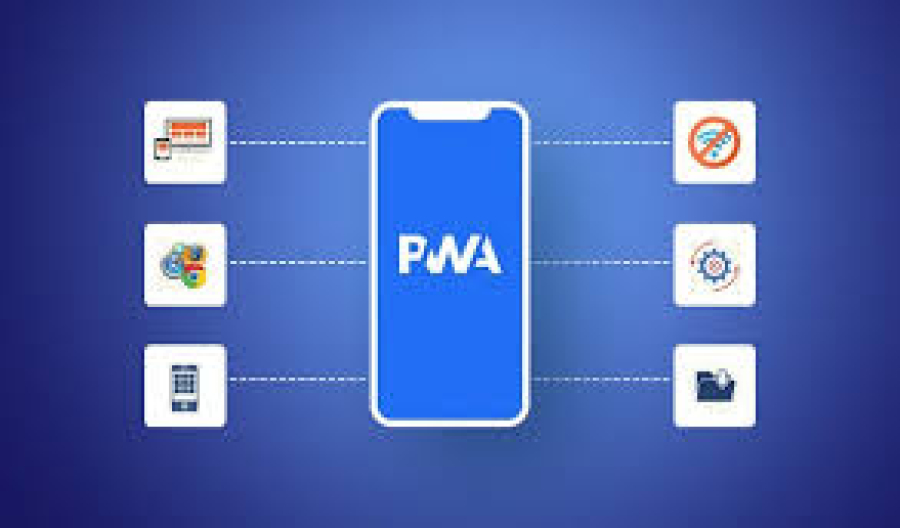10 Essential CSS Tricks Every Web Developer Should Know
CSS (Cascading Style Sheets) is the magic behind making websites visually stunning and user-friendly. Whether you’re a beginner or an experienced developer, mastering some clever CSS techniques can significantly boost your web development skills. On freelancerbridge, we focus on practical knowledge, and in this post, we’re diving into 10 essential CSS tricks every web developer should know. These tricks will not only improve your designs but also enhance website performance and user experience, keeping your projects modern and professional in 2025 and beyond.
Long Description
In the competitive field of web development, knowing how to use CSS effectively is crucial. CSS controls everything from layout and colors to responsiveness and animations. By learning smart techniques and best practices, you can build websites that are not just visually appealing but also fast, accessible, and SEO-friendly.
Here are 10 essential CSS tricks that every web developer should master:
1. Center Anything with Flexbox
Flexbox makes centering elements vertically and horizontally a breeze.
✅ Point: Great for creating perfect center-aligned layouts without complex margins or padding.
2. Create Responsive Grids with CSS Grid
CSS Grid allows you to build flexible, responsive layouts easily.
✅ Point: Auto-resizing columns make your layout mobile-friendly effortlessly.
3. Master Pseudo-Elements ::before and ::after
Add decorative elements without extra HTML markup.
✅ Point: Improves SEO and reduces DOM clutter.
4. Use CSS Variables for Consistent Styling
Define reusable values like colors, fonts, or spacing.
✅ Point: Easy theme management across your entire website.
5. Smooth Scrolling for Better UX
Add smooth scrolling behavior to anchor links.
✅ Point: Enhances user experience, especially for single-page websites.
6. Mobile-First Media Queries
Prioritize mobile users with media queries.
✅ Point: Google prefers mobile-first designs for SEO ranking.
7. Create Hover Effects Without JavaScript
Add simple animations using only CSS.
✅ Point: Makes your website interactive without slowing it down.
8. Clip Path for Unique Shapes
Create complex shapes like circles, polygons, or blobs.
✅ Point: Stand out with unique visual designs.
9. Sticky Navigation with Position Sticky
Make navigation bars sticky without JavaScript.
✅ Point: Better usability for long scrolling pages.
10. Use Object-Fit for Responsive Images
Ensure images scale properly inside containers.
✅ Point: Keeps your design clean and professional on all devices.
Conclusion
By mastering these 10 essential CSS tricks, you’ll be better equipped to create responsive, modern, and user-friendly websites. At freelancerbridge, we believe in empowering web developers to stay ahead of the curve. Whether you’re building landing pages, blogs, e-commerce platforms, or portfolios, these CSS skills will ensure that your designs are not just beautiful but also functional, accessible, and SEO-optimized in 2025 and beyond. Keep practicing, keep innovating — and watch your development career thrive!


 by Emily
by Emily




